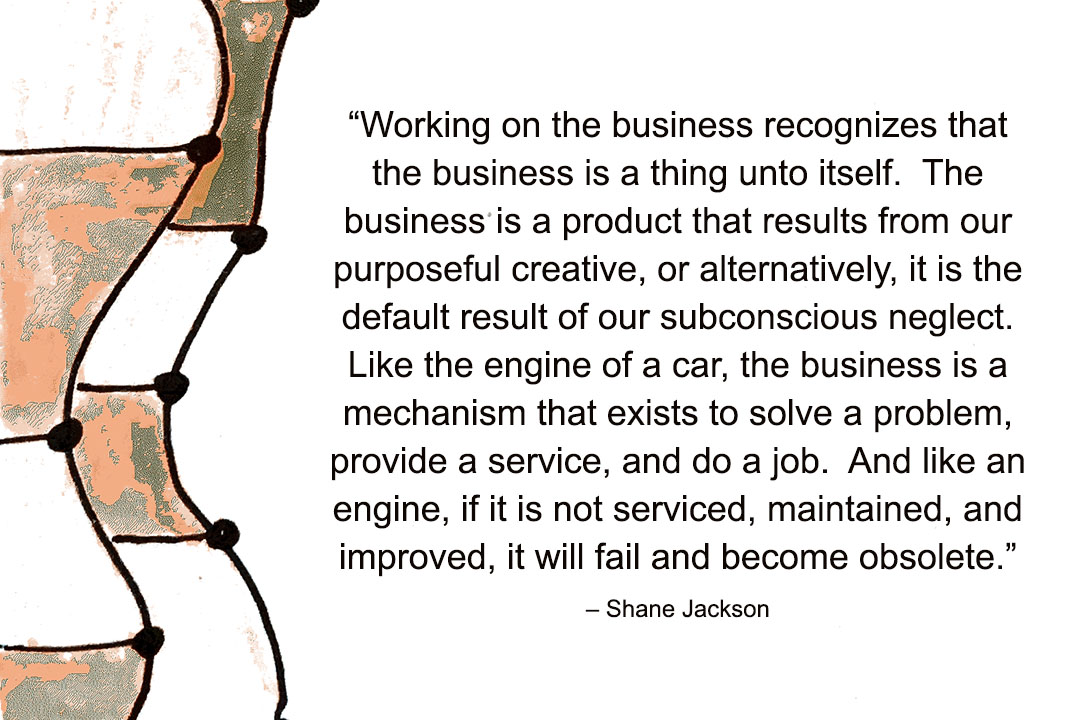The headlines were intriguing. “Jeff Bezos bans PowerPoint.” “Amazon eliminates presentations.” You’ve seen them, too. Before I joined Amazon, friends had told me about the company’s writing culture and how PowerPoint presentations, nearly ubiquitous in corporations I have worked for, were not used for decision making or strategic planning. Instead, press release style documents and Word files are the center point of discussions. As a writer myself, I was interested in how it would work. Did meetings really begin with a time of silent reading? Did it hurt collaboration and brainstorming? Did it slow things down or speed things up?
After calibrating to this new approach these past months, I can tell you that I will never go back. I firmly believe that this element of the culture is a critical contributor to Amazon’s success. Here is what I have learned.
Writing is clarifying: At Amazon, we write press releases. Not to announce products after they are done (although that sometimes happens). No, we write press releases before development begins. When the program or initiative is in the idea stage. Working backwards from what customers would care about, we start with the “why” and write what we call a PR/FAQ (press release plus frequently asked question style appendix). We write to clarify the value proposition. We write to position the offering. We write to coalesce all the ideas into a cohesive statement. Before we invest further time and energy, we make sure it is something we will be proud of and that will make a difference for customers. To clarify, these "press releases" are internal, confidential documents that inform the project throughout.
Brevity is strategy: Mark Twain once said “If I had more time, I would write a shorter letter.” Anyone who has written before knows that writing (or saying) a lot of words quickly. But if you have to write concisely and clearly for an audience – especially one not necessarily familiar with all the nuances and details of the topic - it forces you to prioritize, to get to the point, and to make every word count. This curation is the essence of strategy. What are you going to do and what are you not going to do begins with what do you want to say and what do you not want to say.
Documents are invitations: In corporate cultures that heavily rely on PowerPoint, decisions favor the charismatic. The great presenter, who can excite the audience and think on their feet, can dominate strategy conversations. In contrast, when a document has to stand on its own merit, ideas can come from anywhere. TheWhether it is a one-page press release or a 6 page strategy document, with all graphs and charts in the appendix, documents provide a platform, an invitation, for everyone to contribute.
Reading is inclusion: In a typical “read” meeting, the participants spend the first 20 minutes of a 60 minute meeting reading a prepared document and then they discuss. The agenda is simply stated “are there comments or feedback that anyone wants to share?” I have found this approach allows the introverted and analyticals of the group to bring their thinking forward. It allows those who read and process quickly to review their notes to identify the highest priority feedback before the discussion begins. Everyone on the read can fully participate. In my experience, this leads to much richer feedback, getting to the heart of the issues faster, and is a better use of everyone’s time as no one is tempted to just read you PowerPoint slides.
Clarity accelerates: As I have written about before, ambiguity kills organizations slowly and clarity speeds things up. When you can get to richer and more meaningful feedback on key strategic issues faster, as I have seen with the document process, you can speed up your whole organization to make better decisions faster. This has a huge impact across the organization and can lead to breakthroughs for customers and real competitive advantages.
I am sure this approach has its critics. It certainly requires learning (and unlearning) of past practices. It requires calibration to get everyone reliant upon it. It uses different muscles than PowerPoint presentations and forces everyone in the company to be a better writer. It is a big change (as I am reminded every time I onboard a new employee into the company). My initial curiosity has been replaced by conviction. When it doubt, write. You may find, as I have, that a press release is always a good idea!
This article was originally published on LinkedIn Pulse.
Photo by Patrick Fore on Unsplash







